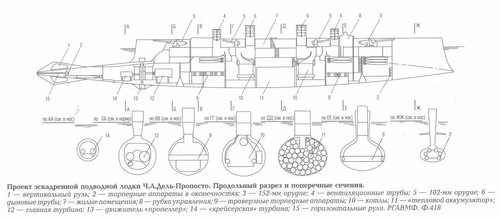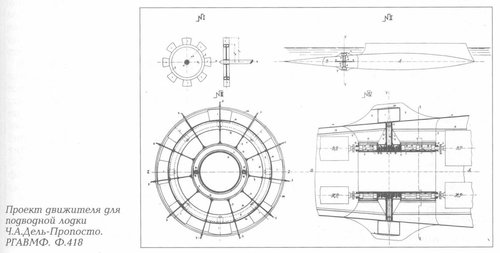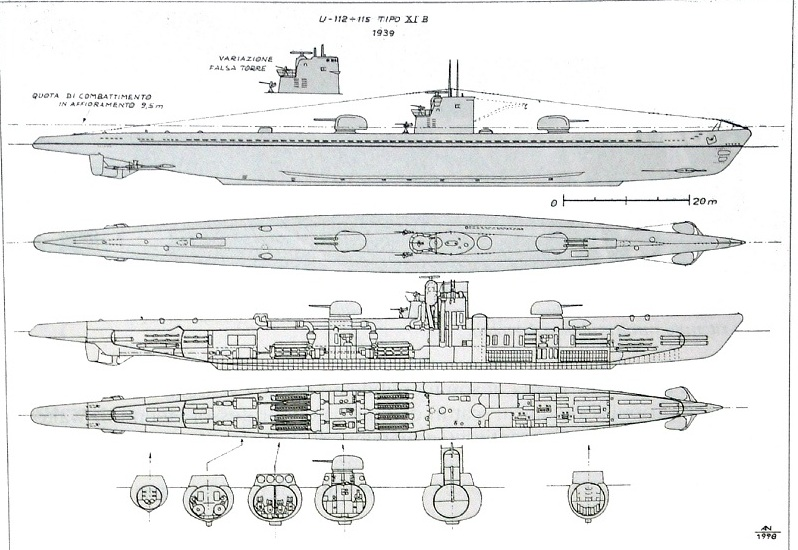- Joined
- 5 May 2007
- Messages
- 351
- Reaction score
- 409
covert_shores said:HMS X-1 (not an X-Craft!!!) built in 1920s. The guns were only 5.2" but mounted in twin enclosed turrets. For a time she was the largest submarine in the world. Very cool boat.
The British K-Class is also worth a look in, definitely cruiser submarines although the guns are less big.
Here is almost nine minutes of British Pathe newsreel footage of the Royal Navy's "submarine cruiser" HMS X.1 at sea, circa 1925.
YouTube: British Pathé - "The Undersea Battleship Arrives (1925)" - FILM ID:372.09
https://www.youtube.com/watch?v=f-QQtjqYo6Q




